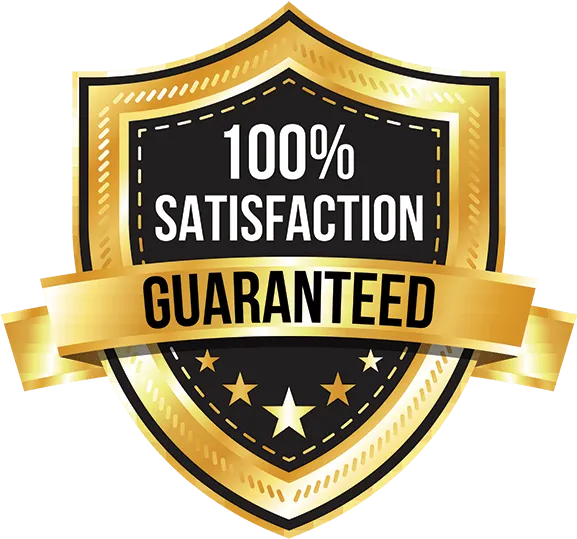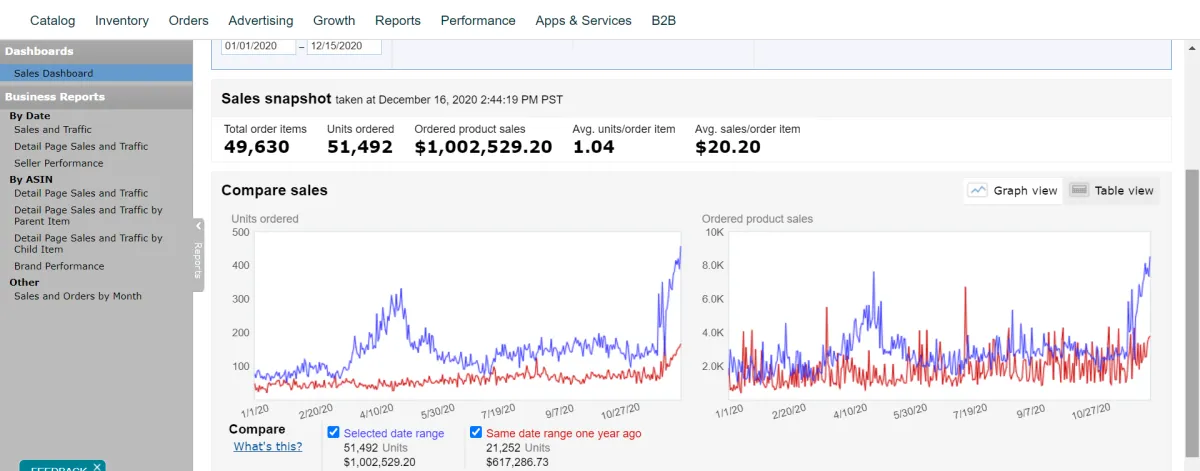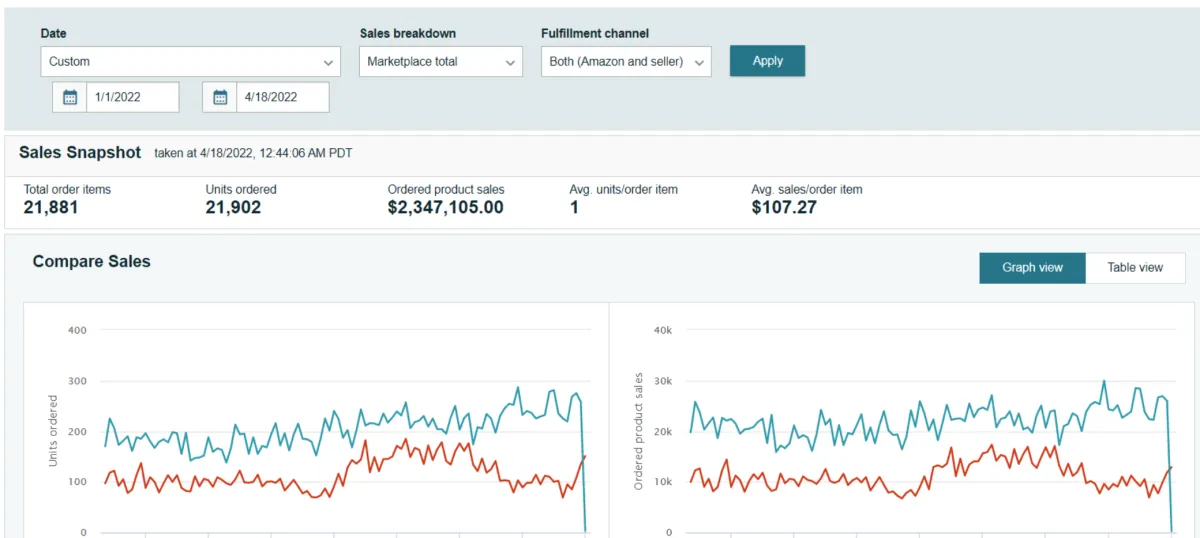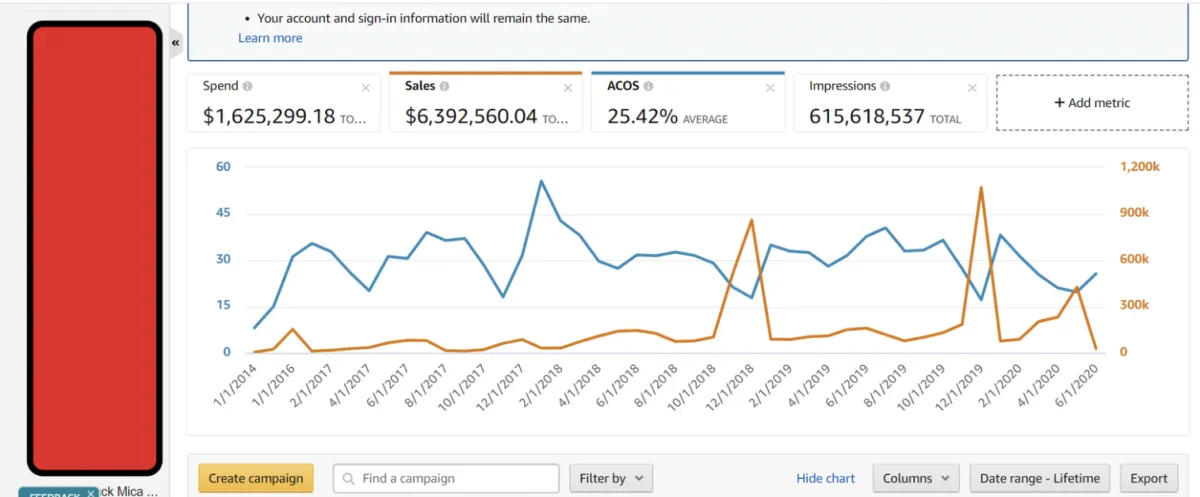we help amazon sellers achieve their daily profit & sales goals
Learn How My Clients Earn $60k/month (In Profit, Not Revenue)
1 client made $400k in annual PROFIT with just 5 products
1 client made $2k/day in just 1 year of selling
1 client made £1.4k PROFIT in a week with a new product
But here’s the thing—they didn’t get there alone.
They trusted me to fix their ads, make their account hyper efficient, and create strategies that actually worked.
Now, I get it. Hiring someone to help feels risky.
You’re probably thinking: “What if they mess up my store?” “What if I already know better than they do?” “What if it’s just a waste of money?”
But here’s the truth: If you could do it all yourself, you’d already have the results you’re aiming for.
Sometimes, having a fresh set of expert eyes changes everything.
When your store is fully optimized and running smoothly, scaling doesn’ t feel scary—it feels exciting.

If I were to take a look at your store and show you how to scale without wasting thousands of $$$, would you want to chat?
These calls are a good fit for you if:
You’re ready to trust an expert to help you get real results.
You’re willing to let go of the fear of losing control.
You want to scale to $60k+ months (in profits) not just revenue.
STILL NOT SURE?
Frequently Asked Questions
Find answers to our most frequently asked questions here.
Question 1: What services does your advertising agency offer?
Low waste, massive results Amazon PPC
Holistic Amazon Account management in the US, CA, UK, DE, FR, IT, ES, UAE, JP
Product research to launch management
Facebook ads, Google ads, TikTok Spark ads
Question 3: Can you guarantee results?
Yes. If the foundations are solid like a good product with demand plus you cooperate with us and provide the resources to make it succeed such as a sufficient PPC budget and a high converting listing.
Question 4: How long does it take to see results from your strategies?
You can quickly see significant results within 24 hours for PPC & account management.
TESTIMONIALS
What others are saying
Joseph Harwood
One of the best freelancer I’ve ever hired.
Would be happy to recommend to anyone.
Smart, diligent, and hardworking—only letting go as we are scaling and using an agency to manage our Amazon AMS and SP. She comfortably managed 40K spend and got us good results on new campaigns.
Very good!

Cayden Mostran
Her expertise in ad management, campaign optimization, and promotions has significantly boosted our visibility and sales. She’s proactive, detail-oriented, and always on top of the latest Amazon trends, ensuring we stay ahead of the competition.
Beyond just managing ads, she genuinely cares about the brand's success, offering strategic insights that have made a real impact.

Kendrick Yeo
Did a wonderful job. Went above and beyond the scope of work. Great communication. She knows AMS very well and is more than qualified to handle complex and research-driven projects

Dave Ozment
Louise was a joy to partner with on my project. She is a diligent hard worker. She is dependable and prompt while delivering quality results. She pays attention and intuits well when there were gaps in my instructions. On more than one occasion, she delivered above and beyond my original request, which only magnified her value to the team.
I hope to have an opportunity to work with Louise again.

Trust in Our Proven Track Record
Guaranteed Excellence & Industry Recognition
Our commitment to delivering outstanding results is backed by industry awards and client satisfaction guarantees. We pride ourselves on a history of successful campaigns that not only meet but exceed expectations. With a team of experts dedicated to your success, you can trust that your brand is in capable hands. Experience the difference of working with an award-winning agency that prioritizes your goals.

© Copyright PAUSED - LT E-commerce 2025. All rights reserved.


